Feline Infectious Peritonitis (FIP)
FELINE INFECTIOUS PERITONITIS (FIP)
Feline Infectious Peritonitis is a fatal viral disease of cats caused by a mutated Corona virus in cats with a compromised immune system. Cats with FIP show weight loss, jaundice, fevers that come and go, anorexia, dehydration, lethargy as well as seizures large pendulous bellies in some cases.
[ad name=”Tweet”]
WHAT CAUSES FIP?
A Corona virus is picked up by cats with an already compromised immune system. Corona viruses normally are viruses that cause diarrhea in most animals, including people. A normal Corona virus will only cause diarrhea, but if the virus mutates inside the body, it leaves the gut and can lead to FIP in a specific set of circumstances. The virus is picked up orally and cats shed the virus in their feces, which means that cats that share litter trays and all dig in the trays together and then wash afterward are at risk. The virus can live in the environment for a few weeks.
If the cats are stressed for any reason, such as cats living in households with more than four cats, cats that are in shelters or rescue organizations, cats that have recently been rehomed or put into boarding or cats that undergo routine surgery such as spaying or neutering, their immune system takes a knock.
If they are carrying the mutated Corona virus at the same time, their compromised immune systems allow the virus to move out of the intestine into the white blood cells in the bloodstream and blood vessel walls. The virus lodges in the blood vessel walls. The body then tries to get rid of the virus and attacks the virus, causing inflammation of the blood vessel walls where the virus is lodged, damaging them. The damaged blood vessels become porous and start to leak fluid in some cases. The blood vessels throughout the body can be affected and the symptoms one sees depend on which blood vessels are affected.
WHICH ANIMALS GET FIP
- Cats younger than two year, often older kittens between 4 and 9 months of age
- Cats in or from multicat households – often more than 4 cats living under the same roof.
- Cats rescued from humane societies
- Feral kittens picked up and raised to be domestic cats
- Cats from breeders where conditions of stress exist (kept in cages etc.)
- Cats that have had diarrhoea that was treated by a vet and possibly didn’t respond quickly to antibiotics.
SYMPTOMS OF FIP
There are 2 forms of FIP – a wet form and a dry form and sometimes a combination of both of them.
WET FORM
- Large hanging distended belly. The belly is filled with bright yellow fluid which is slightly foamy. Your vet will withdraw fluid with a needle to check it for you. This fluid is very high in protein and your vet will send it to the lab to be analysed to see if it’s suspicious for FIP. The cats are usually very thin, with these enormous bellies.
- Recurring fever that doesn’t seem to respond to courses of antibiotics.
- Lethargy
- Anorexia – owners try and force feed this thin weak kitten to get it to eat
- Dehydration
- Jaundice
DRY FORM
- Recurring fevers that don’t respond to antibiotics
- Anorexia and weight loss
- Jaundice
- Dehydration
- Seizures
- Kidney failure
- Fibrin Clots in eyes (these look like pussy blobs inside the eyes when they are examined.
- Inflammation of the Iris, or colored part of the eyeball.
- Uveitis, or inflammation of the tissues inside the eye
- Changes in the retina at the back of the eye – one can see inflammation round the veins and arterie
DIAGNOSIS OF FIP
This is tricky as there is not one single test that definitively diagnoses FIP available in all countries. Your vet will have to look at a combination of positive tests to determine if he or she thinks your cat has FIP. Sample of abdominal fluid and blood will be taken.
- Some countries have a test for the mutated form of Corona virus which is relatively new but has the potential to be very helpful in the diagnosis of this killer disease
- High protein levels in the abdominal fluid point towards FIP
- High protein levels in the bloodstream also point towards FIP
- Antibody titres of antibodies against Corona virus will be high. The antibodies should point towards recent exposure to the virus (IgM) and not exposure from long ago (IgG)
- A scan of the kidneys may show that they are lumpy in the dry form
- An eye exam may show fibrin clots inside the eye, iritis, uveitis (inflammation of the anterior chamber of the eye) and changes on the retina at the back of the eye.
- Biopsying tissue samples and having a pathologist examine them for the typical inflammation round blood vessel walls is the best way of diagnosing and the most likely to give you a definitive diagnosis, but it is risky to give a very sick cat an anesthetic and is thus not used as often.
- Exploratory surgery to check the abdomen for free fluid and enlargement of an abdominal lymph node commonly see in FIP cases. Biopsies of the lymph nose are taken at the same time. The risk is a general anesthetic.
- Immunofluorescent staining of the FIP fluid for antibodies against corona virus. In this test the effusive fluid is tested immunologically for presence of coronavirus using antibodies tagged with fluorescent dyes. If this test is positive there is a 100% confirmation that the cat has FIP. Unfortunately, if the test is negative that does not mean the cat does not have FIP (only 57% of negatives did not have FIP).
TREATMENT OF FIP
Unfortunately, there is no cure and once cats show symptoms, they progress quickly until they die on their own. Cortisone injections and tablets may help for up to three weeks as they suppress the excessive reaction round the blood vessel walls temporarily.
There is an experimental treatment in which a polyprenyl immunostimulant being manufactured by Sass and Sass and tested by Dr. Al Legendre, is being tried out which may increase survival times. Wikipedia)
CARING FOR THE ILL FIP CAT AT HOME
This will unfortunately only be for a short time, because the disease progresses quickly and it isn’t fair to let them starve to death. Cats need to get sufficient protein in and they are often anorexic. Owners may have to syringe feed them three times daily with a high protein, high carbohydrate, easily digestible meal. Hills a/d diet is very useful for this as it can be diluted down and syringed into their mouths. This is a prescription diet from veterinarians only.
Cats also benefit from vitamin B injections or oral supplements, as those improve appetite. Owners can dose prednisolone tablets at home daily to temporarily suppress the symptoms of FIP and stimulate appetite. Some owners put the cats back onto kitten rearing milk formula if they are drinking, but refusing to eat as the formula is a complete food.
Keep the cats indoors to ensure they don’t disappear and you can fee them three times daily. Offer them whatever they would like to eat at this stage.Most clinically ill cats are not contagious anymore, but it is always wise to isolate them from other cats and give them their own litter tray as a precautionary measure.
REFERENCES
- wwwwikipedia.org
- http://www.vet.cornell.edu/fhc/brochures/fip.html
- http://www.caminoanimalclinic.com/library/fip.html

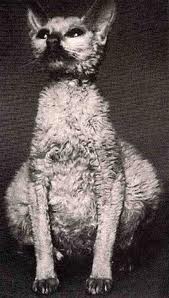
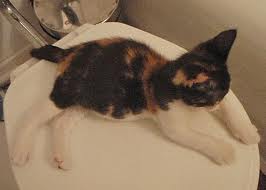
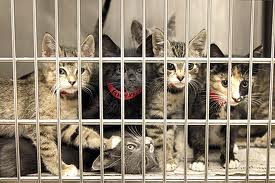
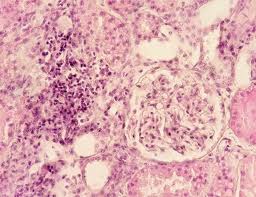
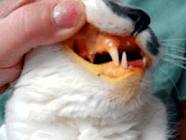

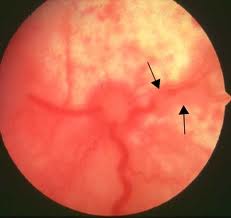
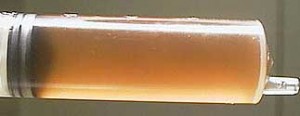
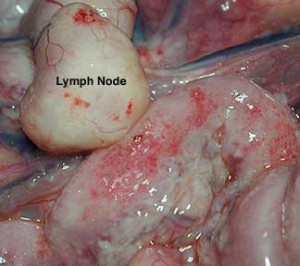
Leave a Reply
You must be logged in to post a comment.